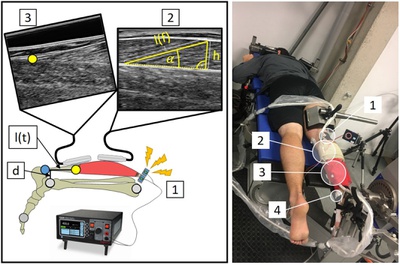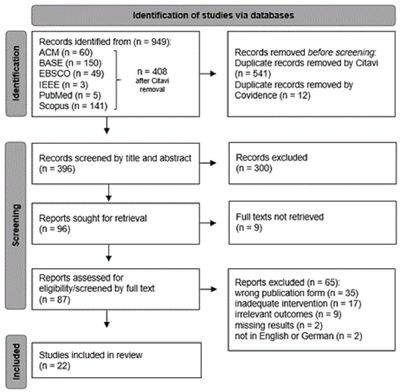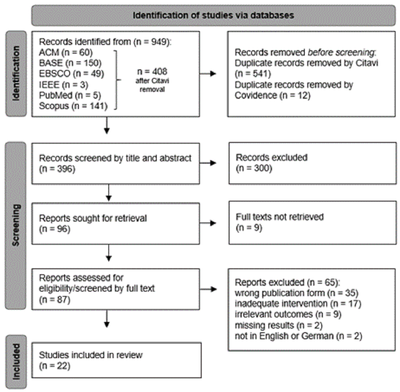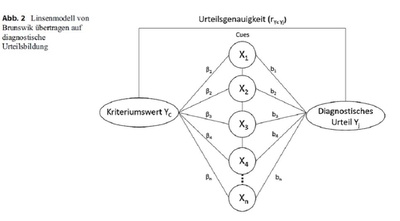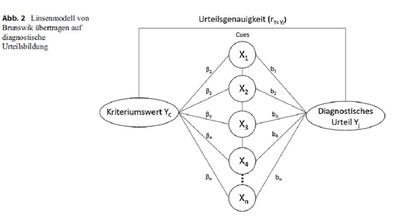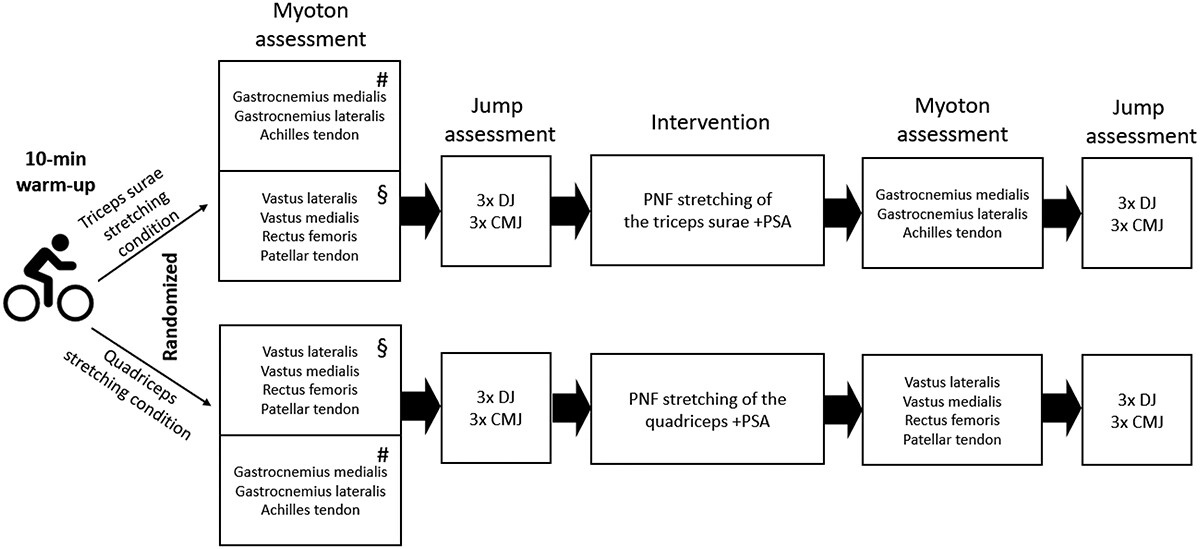
What to stretch? - Isolated proprioceptive neuromuscular facilitation stretching of either quadriceps or triceps surae followed by post-stretching activities alters tissue stiffness and jump performance
12 April 2022
Konrad, A., Seiberl, W., Tilp, M., Holzer, D. & Paternoster, F. K. (2022). What to stretch? - Isolated proprioceptive neuromuscular facilitation stretching of either quadriceps or triceps surae followed by post-stretching activities alters tissue stiffness and jump performance. Sports Biomechanics, 1–18. https://doi.org/10.1080/14763141.2022.2058991
Abstract:
To overcome a possible drop in performance following longer stretch durations (>60 s), post-stretching dynamic activities (PSA) can be applied. However, it is not clear if this is true for isolated proprioceptive neuromuscular facilitation (PNF) stretching of different muscle groups (e.g., triceps surae and quadriceps). Thus, 16 participants performed both interventions (triceps surae PNF + PSA; quadriceps PNF + PSA) in random order, separated by 48 h. Jump performance was assessed with a force plate, and tissue stiffness was assessed with a MyotonPro device. While no changes were detected in the countermovement jump performance, the PNF + PSA interventions resulted in a decrease in drop jump performance which led to a large magnitude of change following the triceps surae PNF + PSA and a small-to-medium magnitude of change following the quadriceps PNF + PSA. Moreover, in the triceps surae PNF + PSA intervention, a decrease in Achilles tendon stiffness was seen, while in the quadriceps PNF + PSA intervention, a decrease in the overall quadriceps muscle stiffness was seen. According to our results, we recommend that especially triceps surae stretching is avoided during warm-up (also when PSA is included) when the goal is to optimise explosive or reactive muscle contractions.
Professur für Bewegungswissenschaften mit einem Schwerpunkt Digitalisierung
